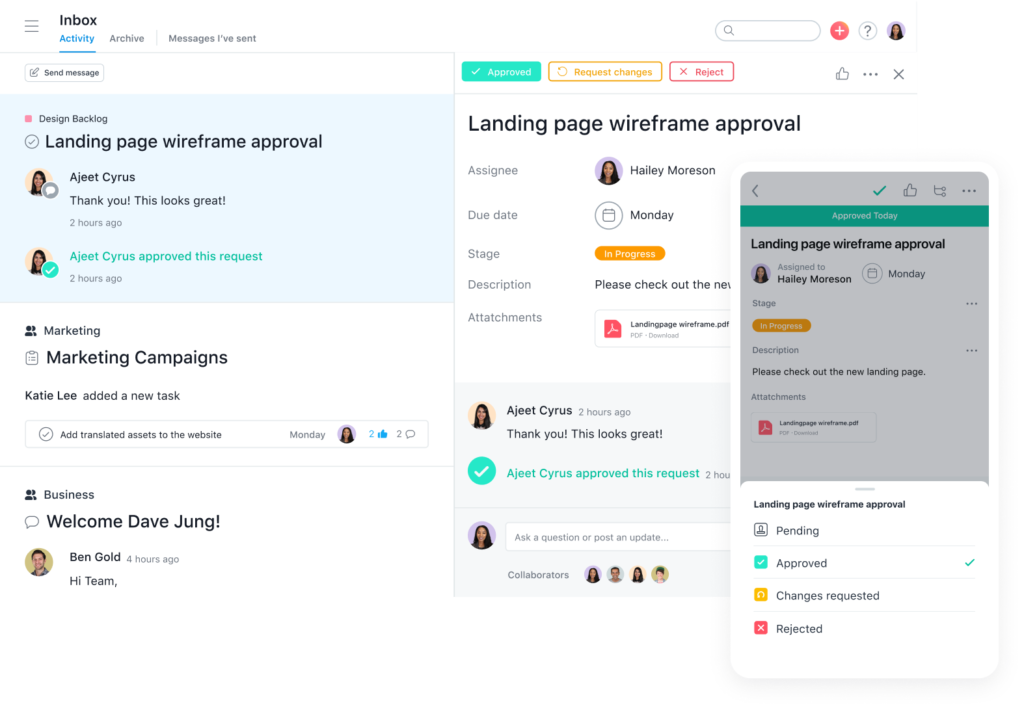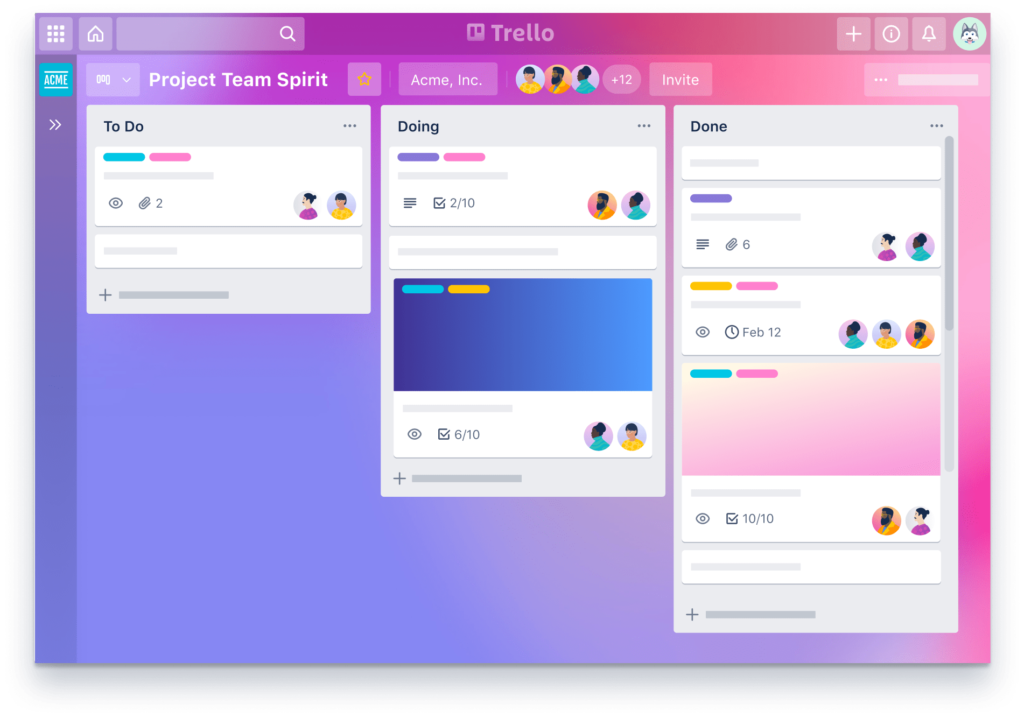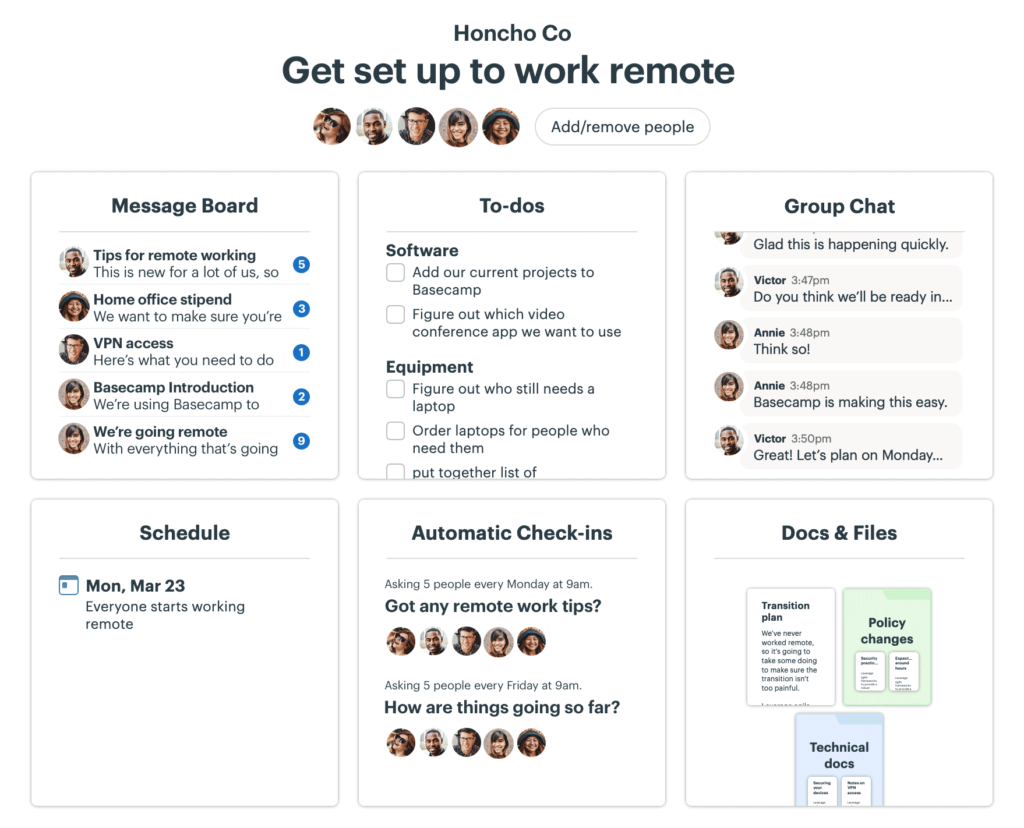When it comes to the collaboration market, there’s no clear definition of what qualifies as a collaboration tool. However, to put it vaguely, these tools help employees work more efficiently through collaboration, which, in turn, allows organizations to derive more productivity from their employees. Collaboration tools have gained much traction in the past couple of years. The pandemic has led to a spike in the adoption of collaboration tools by organizations of varied sizes. Collaboration tools are not a new concept and have been around for years. However, the pace of innovation in the collaboration space has picked up recently. Bulky collaboration suites are a thing of the past. Today, you get the ability to do messaging, conferencing, file sharing, and team management through a single tool. These tools empower employees by providing them with features to collaborate no matter where they are working from and help increase productivity.
Microsoft Teams and Slack have been battling for dominance over the collaboration tool space. This no-holds-barred, cutthroat battle has been going on for a couple of years. Microsoft Teams and Slack offer similar features. In a constant struggle to one-up each other, both have grown into efficient workplace collaboration tools with a variety of features that can be tempting for any organization. However, various other tools in the market offer similar, if not better, features. Here are some lesser-known tools organizations can consider as alternatives to Teams and Slack.

1. Asana
Founded in 2008, Asana has been in the game for over a decade, which has given the tool enough time to grow and evolve. Asana is used by giants like Google, Uber, PayPal, Deloitte, and Spotify, to name a few. All these organizations use Asana as their core communication and project management tool. Asana has a number of features to offer its clients. It provides employees with a smart and interactive UI that everyone can easily understand, from product managers to testing teams. In the age of DevOps, it is important to have all the teams on the same page and to ensure that no one team or individual is falling behind. With Asana, work can be easily broken down into mapped out steps assigned to appropriate employees. All the tasks in a project can be viewed in multiple layouts. There is a Timeline layout that lets employees keep a track of project deadlines. List layout helps employees easily read the tasks assigned to them and the priority assigned to those tasks. Board layout brings everything to a single view and helps provide a better understanding of a team’s status.

Asana also provides several automation templates that can be used to perform repetitive tasks. Available templates include project plans, onboarding a new member, and work requests. Work request template helps teams focus on the important requests without letting new work requests derail teams by requiring manual intervention. Product managers can also visualize their projects through customizable visualizations. This helps them get a real-time view of the projects and helps them find bottlenecks early on that can be addressed before they become serious impediments. Product managers can also identify overworked and underworked employees and redistribute tasks among them. Asana can also read your project details from CSV files and create mappings. Asana also provides more than 100 integrations to other apps, which can be great if you use other tools like Microsoft Teams, Gmail, Zoom, and Salesforce. among others.
Asana has three available plans (basic, premium, and business), and it also provides a free 30-day trial period. You can go through the pricing options and their details here and make an informed decision about what plan works for you.
2. Trello

Another amazing tool in this list, Trello, is a subsidiary of the popular collaboration giant, Atlassian. Trello provides a simple UI to manage workflows. This UI consists of various views into your projects like boards, cards, lists, timelines, and calendars. With Trello, you can spin up a new board for a project in seconds. Trello cards hold detailed information about a task, and cards can be further mapped to other cards that can hold information about subtasks. You can add attachments, due dates, checklists, and conversations to a card that can help employees understand what is needed and help product managers understand what is being done. Trello’s built-in assistant, Butler, uses neuro-linguistic programming to understand commands and helps automate processes, schedule tasks, and create templates to quickly build workflows. Butler also uses AI to identify repetitive, manual actions and suggests automation to reduce manual effort. With Trello, you can automate actions like setting deadlines, checking off checklists, and ending dependencies when the task is completed. Like Asana, Trello also provides integrations with third-party apps your organizations might already be using, like Slack, Jira, Evernote, and GitHub.
Trello is available in four pricing plans (free, standard, premium, and enterprise). You can compare the plans here and pick the one that works best for your projects.
3. Basecamp
Basecamp makes project management a breeze with its incredibly smooth interface that lets you get the information you want when you want it. Basecamp markets itself as the only project management tool you will ever need, and it has enough features to support that statement. With Basecamp, you can immediately get to work. Adding people to a project could not be easier, and onboarding a new employee is no hassle. Inside every project view, you get various options. You can post important announcements on the message board without having to write emails. Employees can pitch ideas that can be considered by team leads and managers. Employees can also post updates on their assigned tasks. Feedback can be given to employees based on their performances. You can also create a to-do list with individual tasks assigned to different teams and employees. Basecamp also allows you to store project documents so that you don’t have to integrate with different cloud stores. You can also schedule events and RSVP to events from Google Calendar, iCal, and Outlook. With group messages, individuals can contact the entire group when they aren’t sure about whom they need to address regarding a particular task. Product managers can also create recurring, automatic check-ins that prompt all the team members about their progress. This saves time consumed in daily and weekly status calls.

With Basecamp, you can also choose whether or not you want to be notified beyond work hours. Individuals can set their work timings so that Basecamp notifies them only when they are available and provides updates of what they missed when they log in again. With Basecamp, it’s easy to view tasks at risk, and product managers can use this insight to contact employees directly to expedite those tasks. Basecamp also helps keep the client posted with options to share certain message boards, to-do lists, and documents. Clients can provide their inputs and feedback, and Basecamp will help you keep track of client messages to avoid disputes. You can assign tasks to the clients and set deadlines. Clients can provide updates via emails as well. These emails are made available to teams inside Basecamp. Take a look at the pricing options available here.
Workplace collaboration tools: Sometimes lesser known brings bigger benefits
These are just a few of the various tools out there. Organizations can pick the tool they deem best for their projects and enjoy these amazing features without managing a barrage of tools that do only part of the work.
Featured image: Pixabay



